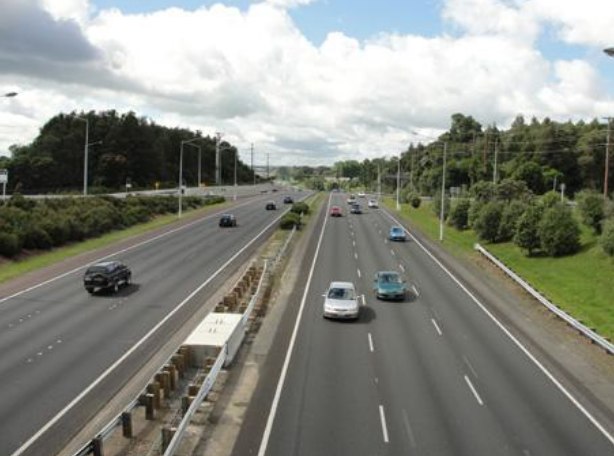BEIJING, Feb. 20 (Xinhua) -- Local authorities in China have started construction on a batch of transportation construction projects after the Spring Festival holiday, with the total planned investment exceeding 2 trillion yuan, the Xinhua-run Economic Information Daily reported on Wednesday.
--- Lots of transportation construction projects in Q1
For example, on Tuesday, construction started on the rail transit line 19 in Wuhan, capital of central China's Hubei Province.
On February 12, east China's Jiangsu Province held a special meeting to make arrangements for its transportation construction this year. The province will launch 41 major transportation projects, with a total investment of 115.88 billion yuan, including 74.6 kilometers of railways (including special and feeder lines), 2 newly renovated airports, and 282 kilometers of expressways, one cross-river channel, and waterway port terminals, etc.
A day later, construction on 31 major projects in the Guangdong-Hong Kong-Macao Greater Bay Area started, involving a total investment of 74.9 billion yuan. They include ten major transportation infrastructure projects in Shenzhen.
North China's Tianjin proposed to launch 26 transportation construction projects in the first quarter, with a planned investment of 1.34 billion yuan, three times the investment completed a year ago.
Southwest China's Guizhou Province also arranged more than 2,700 major projects for this year, ensuring that the investment completed in the first quarter to exceed 130 billion yuan, and the investment in the whole year to top 720 billion yuan.
After the 7-day holiday, cities such as Chengdu in Sichuan Province, Yongzhou in Hunan Province, Zhengzhou and Xinyang in Henan Province, Qingdao in Shandong Province, etc., rolled out a raft of major projects in succession, with the total investment each exceeding 10 billion yuan, of which the transportation construction projects take the lion's share.
--- Diversified sources of funds for transportation projects
The intensive construction of the transportation projects will surely need huge capital support. Regarding the sources of the capital for these projects, Wu Chungeng, spokesperson of the Ministry of Transport (MOT), pointed out that in 2019, efforts will be made to moderately increase the local government bonds and special bonds for traffic construction.
In addition, private capital will be encouraged to enter the field. The authorities will give play to the role of market mechanisms and relax private investment access to facilitate construction of these projects, Wu added.
At the end of December 2018, China's legislature adopted a decision to speed up local government bond issuance. Between January 1, 2019 and December 31, 2022, the State Council, China's cabinet, will be authorized to assign part of the newly-added quotas for the local government bonds each year before the annual budget approval.
In 2019, the State Council can assign 1.39 trillion yuan (about 203 billion U.S. dollars) worth of bonds to local governments.
Statistics show that from January 21 to January 31 this year, 95 local government bonds were issued, in the amount of about 418 billion yuan, of which most of the funds will be used in infrastructure projects such as transportation, water conservancy, and environmental protection.
Meanwhile, public-private partnership (PPP) mode is also encouraged to be applied to these projects.
For example, construction on the Hegang-Dalian Expressway Jiamusi section in northeast China's Heilongjiang, the first PPP project in the province, will start in the first quarter of this year.
In 2019, Guizhou will relax private investment access, standardize the PPP project in an orderly manner, implement 1,000 key private investment projects, and ensure the completion of private investment of 650 billion yuan. (Edited by Hu Pingchao, hupingchao@xinhua.org)




 A single purchase
A single purchase









